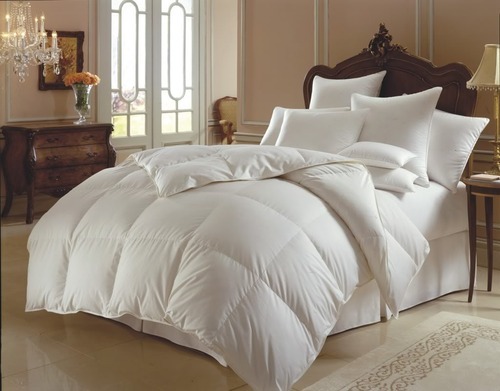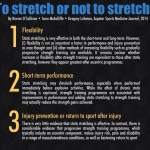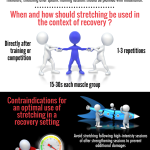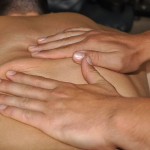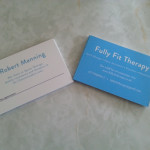Daily time table
Sitting down to commute to work, sitting down in the office for work, sitting down for lunch, sitting down to commute home, sitting down for tea, and lastly sitting down to watch some tv. That’s an awful lot of sitting down. For many people however, that is their daily routine.

What does all this sitting do to you?
You may think, ‘but I go to the gym in the evening’, or ‘I go for a run before work’. Don’t get me wrong that’s good, however research is now suggesting that time spent sedentary, displaces the time spent when undertaking physical exercise.
Research has also been suggesting for a while, that the more time spent sitting by an individual can influence chronic issues such as type 2 diabetes, breast and colon cancer as well as cardiovascular disease.
The most important part of this study, was that if an individual sat either working or watching tv for four hours, compared to someone who sat for two hours, there was an 80% increased risk in cardiovascular disease mortality. This increase was independent of risk factors such as smoking, diet, waist line as well as the amount of physical activity the participants undertook.
What can you do?
There are many little things which you can do to stop yourself from sitting down for long periods of time.
1. Standing on the bus rather than sitting
2. Take the stairs every time
3. Park further away from work
4. Don’t eat your lunch at your desk
5. Regular breaks from your computer
6. Look into getting a standing up desk
7. Don’t use your tv remote at home
8. Stand up when using the phone

These are just a few ideas to help get you more active when previously you would sit down
Journal: Too Much Sitting: The Population-Health Science of Sedentary Behaviour
